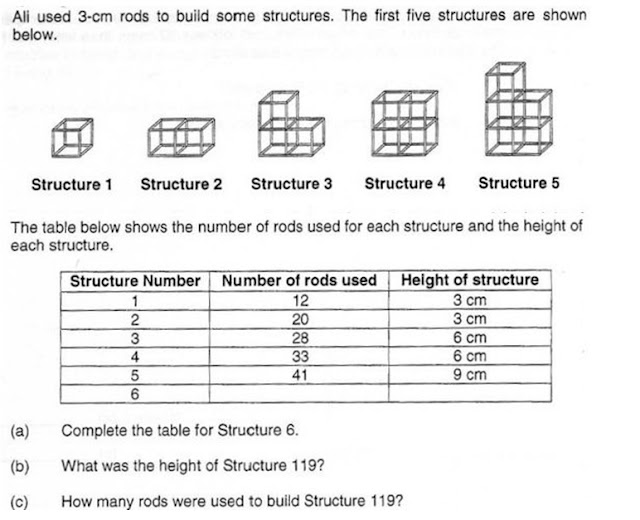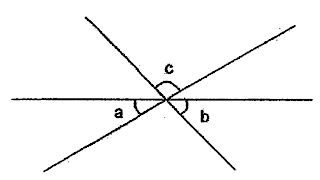First
There were 200 supporters for a school's soccer team during a match. 40% of them were girls. Later, more girls joined the group of supporters during half-time. The percentage of the girls increased to 70%. Find the number of girls who joined the group of supporters during half-time.
Equalising Unchanged Sides Method
(Before)
Girls : Boys
= 40% : 60%
= 2 : 3
(After)
Girls : Boys
= 70% : 30%
= 7 : 3
(Before)
Total = 2 u + 3 u = 5 u
5 u = 200
(Change)
Girls = 7 u - 2 u = 5 u = 200
Finding Unchanged Amount Method
(Before)
Girls = 40% x 200 = 80 girls
Boys = 60% x 200 = 120 boys
(After)
Boys (30%) = 120 boys
Girls (70%) = 120 / 30% x 70% = 280 girls
(Change)
Girls = 280 girls - 80 girls = 200 girls
Second
There were total of 720 pupils at a stadium. 30% of the pupils were girls. When more giris came into the stadium, the percentage of girls increased to 40%. How many more girls came into the stadium?
Equalising Units Method
(Before)
Girls : Boys
= 30% : 70%
= 3 : 7
= 9 : 21
(After)
Girls : Boys
= 40% : 60%
= 2 : 3
= 14 : 21
(Before)
Total = 9 u + 21 u = 30 u
30 u = 720
(Change)
Girls = 14 u - 9 u = 5 u
5 u = 720 / 6 = 120
Finding Amount Method
(Before)
Girls = 30% x 720 = 216 girls
Boys = 70% x 720 = 504 boys
(After)
Boys (60%) = 504 boys
Girls (40%) = 504 / 60% x 40% = 336 girls
(Change)
Girls = 336 - 216 = 120 girls
Third
Clifford had a total of 600 Malaysia and Singapore stamps. 48% of his stamps were Malaysia stamps. When he collected more Malaysia stamps, the percentage of Singapore stamps decreased to 25%. How many new Malaysia stamps had he collected?
Equalising Units Method
(Before)
Malaysia : Singapore
= 48% : 52%
= 12 : 13
(After)
Malaysia : Singapore
= 75% : 25%
= 3 : 1
= 39 : 13
(Before)
Total = 12 u + 13 u = 25 u
25 u = 600
1 u = 24
(Change)
Malaysia = 39 u - 12 u = 27 u
27 u = 648
Finding Amount Method
(Before)
Malaysia = 48% x 600 = 288
Singapore = 52% x 600 = 312
(After)
Singapore (25%) = 312
Malaysia (75%) = 312 x 3 = 936
(Change)
Malaysia = 936 - 288 = 648
Fourth
Matthew had a total of 450 Japanese and Korean comics. 36% of them were Japanese comics. When he bought more Japanese comics, the percentage of Korean comics decreased to 48%. How many new Japanese comics did Matthew buy?
Equalising Units Method
(Before)
Japanese : Korean
= 36% : 64%
= 9 : 16
= 27 : 48
(After)
Japanese : Korean
= 52% : 48%
= 13 : 12
= 52 : 48
(Before)
Total = 27 u + 48 u = 75 u
75 u = 450 comics
(Change)
Japanese = 52 - 27 = 25 u
25 u = 450 / 3 = 150 comics













